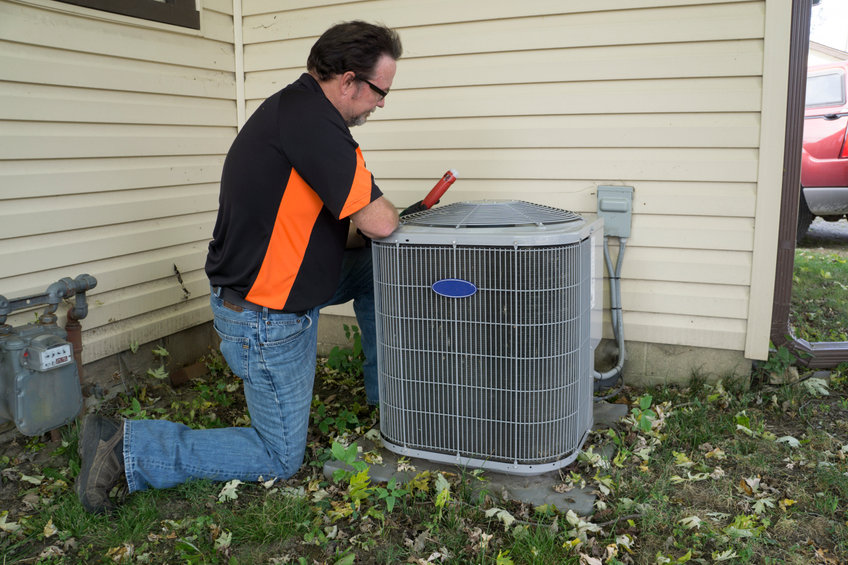Testing an AC system might seem like such an arduous task to many. It might be slightly technical but it is not as overly complicated as many put it to be. It is, therefore, possible to do it by yourself hence saving on a lot of expenses and time that would be alternatively consumed if you sought to engage the services of a professional. Doing it by yourself is also ideal so that you can master the testing in case it’s needed urgently or in an emergency case where the services of a professional cannot be readily procured. Testing is fitting to make sure that the AC is functioning optimally and if some maintenance is required or if some replacement is necessary in case it is way beyond repair. This article entails an attempt to demystify the myth surrounding the topic and its assumed complexities by proving that it is doable.
Preliminary Stages and Disintegration

A thermometer will be required for this task so, you should purchase one in case you do not have it in the house. Testing requires ample preparation but luckily, it is uniform for all types of AC without any significant procedural variations. These preliminary steps help to ensure that anything that is functionally restrictive is remedied. A screwdriver might be required to remove the vents. Some can be easily removed but others might necessitate some effort if they are tightly fitted. The furnace cover ought to be replaced and this is vital to ensure there is a seamless and uninhibited flow of air. Any other complex disintegration of the AC unit for testing should entail the engagement of a professional to avoid any unwanted hazards.
Ducts
It is crucial to establish the exact location of the ducts. This refers to both the supply and returns air ducts. It is crucial and quite easy to accomplish. Placing some material or piece of cloth on the ducts should help you distinguish between the supplies and return air ducts. In the case of a supply duct, the cloth will be blown away whereas it will be sucked in the case of a return duct. Some people might opt to use some tissue and even though it might not cause a lot of damage when accidentally sucked in in its entirety, it is better to avoid it as some frequent testing can result in a tissue debris pile up which could cause functionally related problems in the future.
Testing
Once you are certain about those specific ducts and after determining their precise location, you can now proceed to do the testing. The AC must therefore be turned on and it is prudent that you set the thermostat accordingly if you want the testing process to be flawless. This involves an adjustment to ensure that it is well set slightly below the room temperature. This is essential to make sure that the AC will be able to last, be on or run for the entire duration of the test devoid of any glitches or defaults. The thermometer should be placed inside both the return and supply air ducts at different junctures. It is simply placed inside the closest duct in both instances and the AC is turned on and allowed to run for roughly 10 minutes. This estimate can be altered depending on how quickly a stable recording has been obtained. Finally, a deduction is made between the two obtained measurements to obtain a figure that is quite relevant in this pertinent subject as demonstrated below.
Values
The question therefore lingers, how are the results obtained utilized to establish whether the AC system is functioning well and whether any maintenance is required. Normally, the exact difference between the supply and return air ducts that signifies a properly functioning AC system varies from one expert to another. However and arguably, a difference of 20 degrees usually suffices and implies that your AC is operating well and that no material changes or maintenance is direly needed. On the other hand, when the difference is below 20 degrees, this is alarming thus necessitating some work to remedy the prevailing problem and ensure that the AC system does not become very dysfunctional hence demanding an immediate replacement.
As clearly depicted above, testing is not an exceedingly daunting task. It helps to reduce your budget and expenses accordingly. When testing is done frequently or regularly, any issues are arrested at the onset before they spiral out of control. This is preventative hence it should be made a routine task or endeavor to avoid having to replace the AC system altogether where this can be attributed to performing the tests sparingly and less than is expected.
